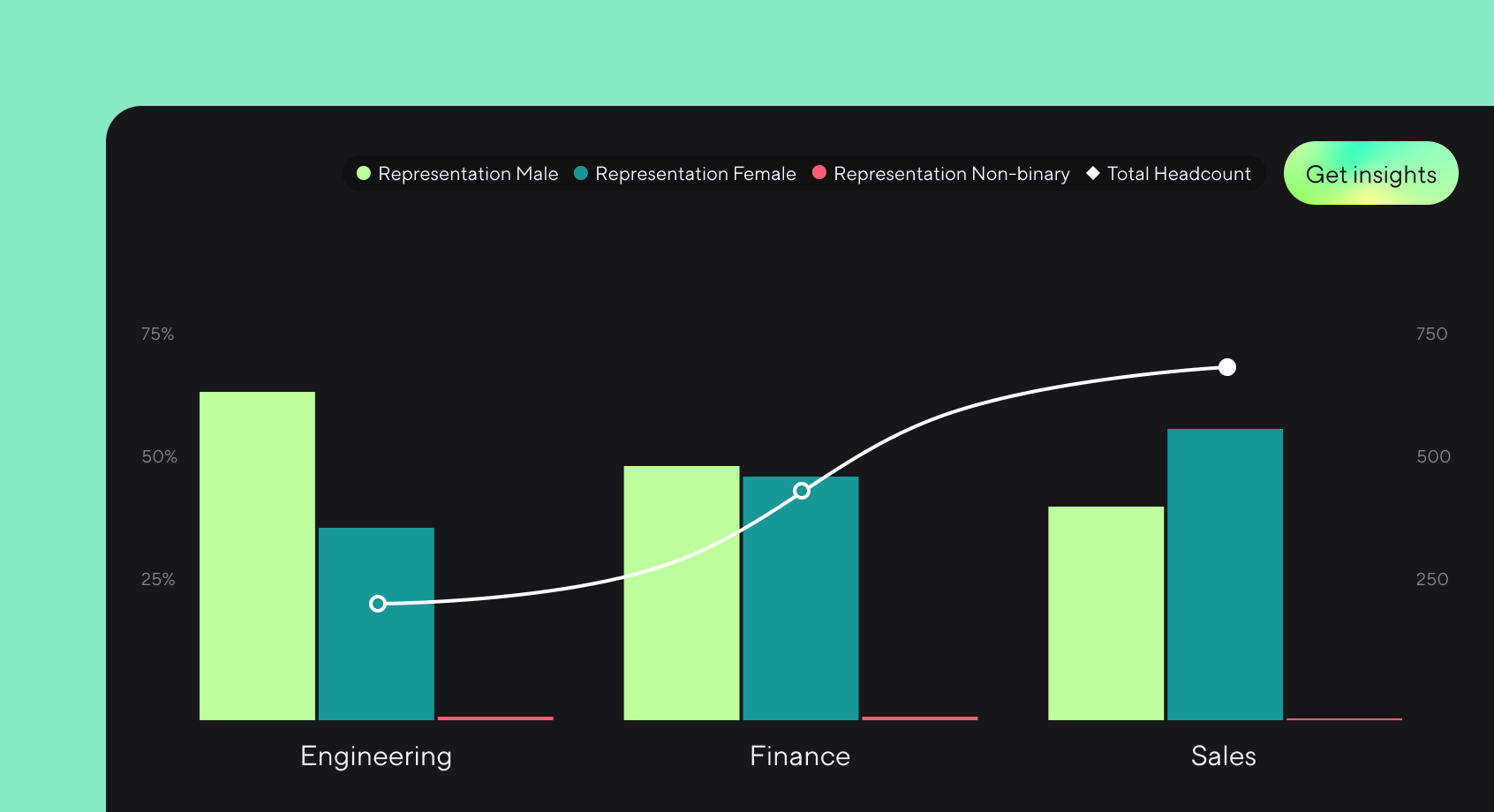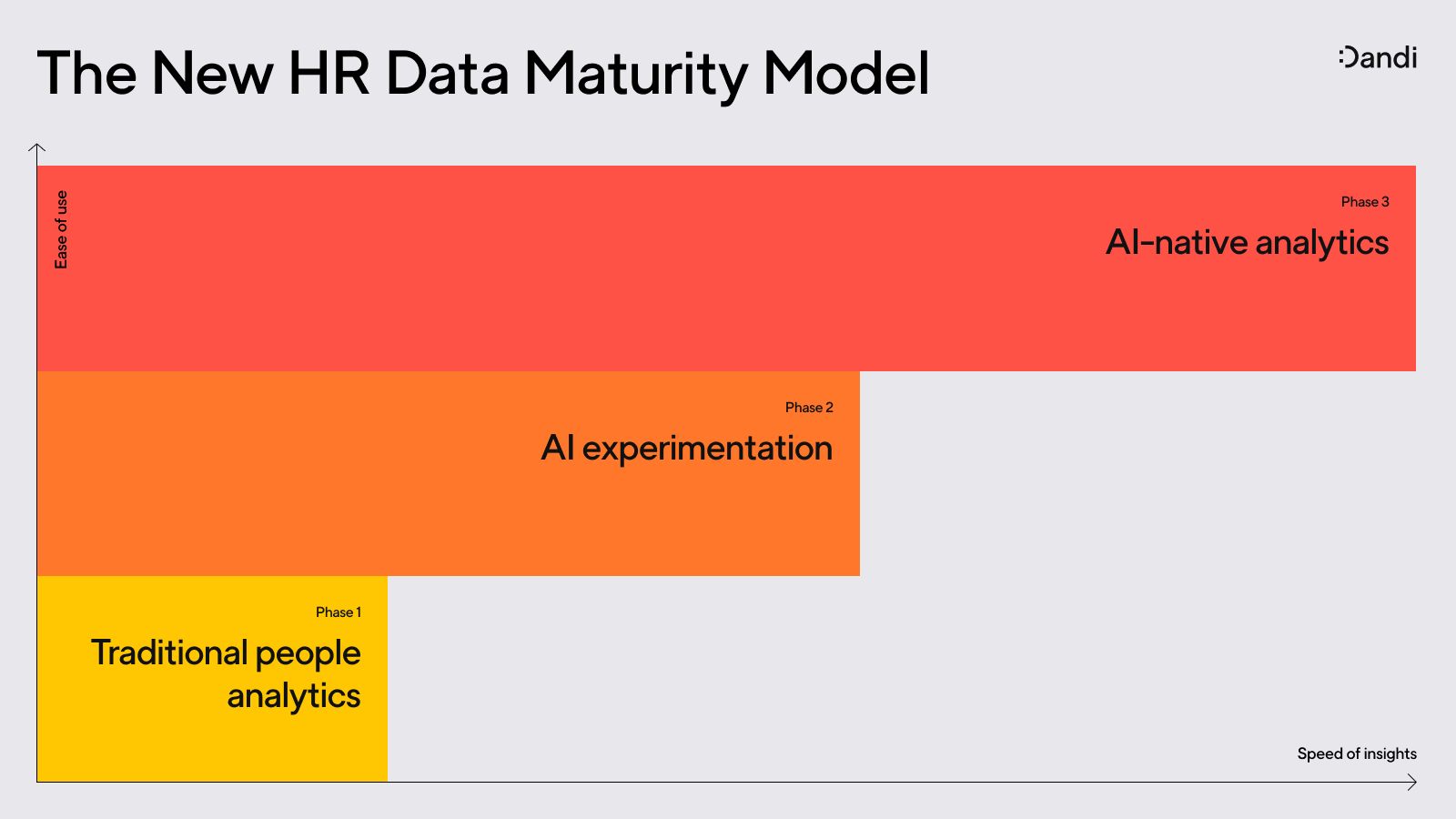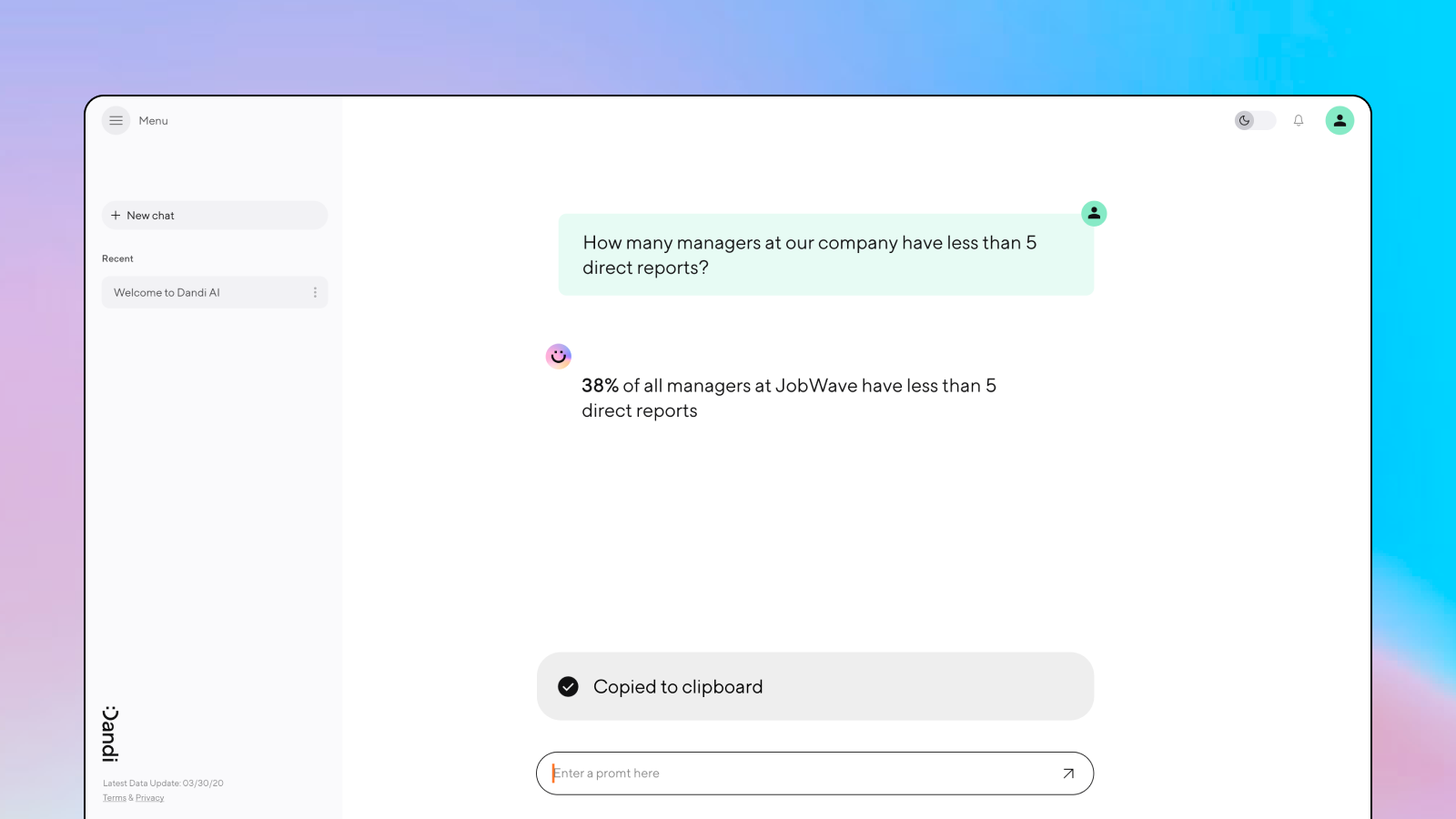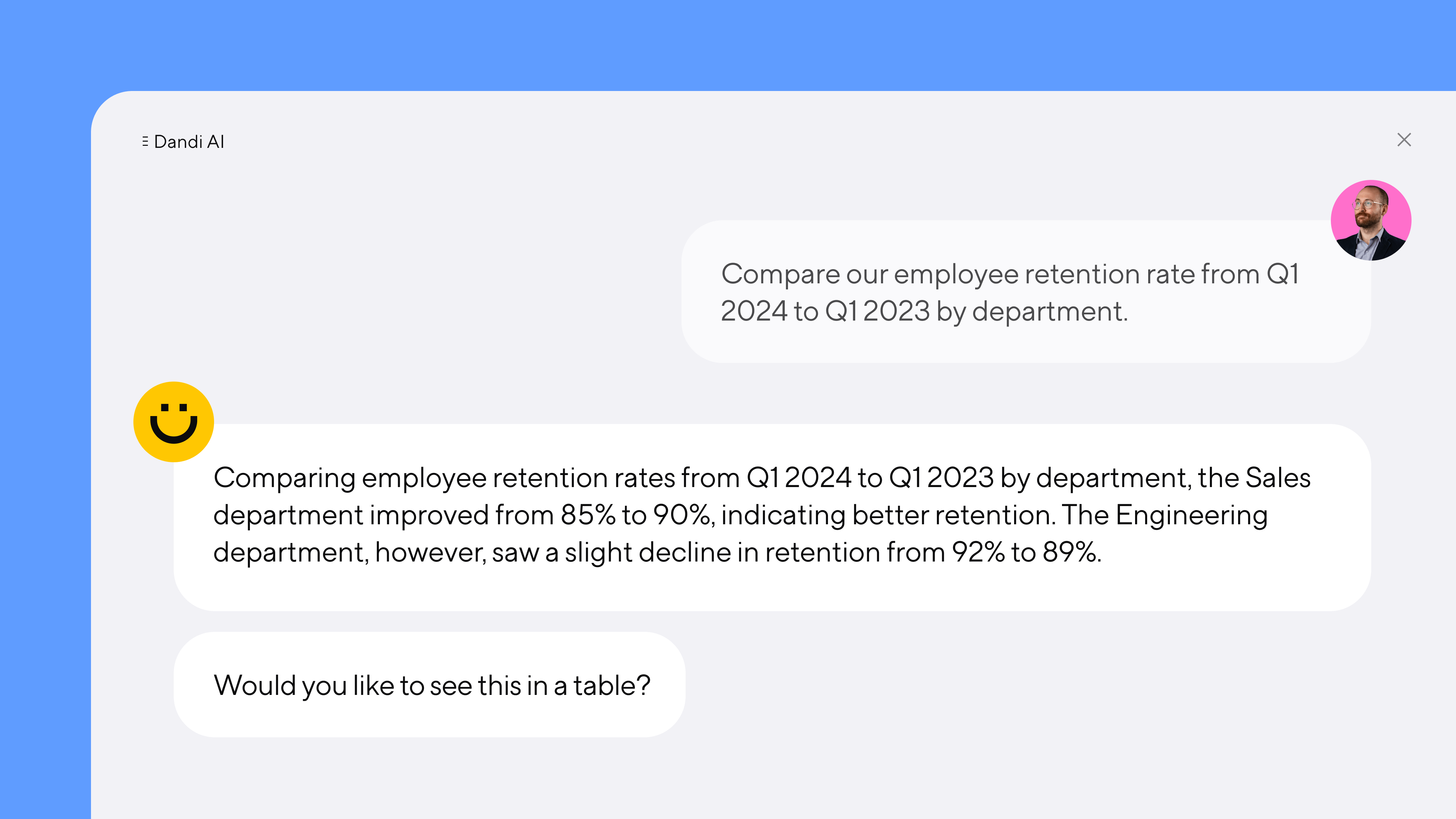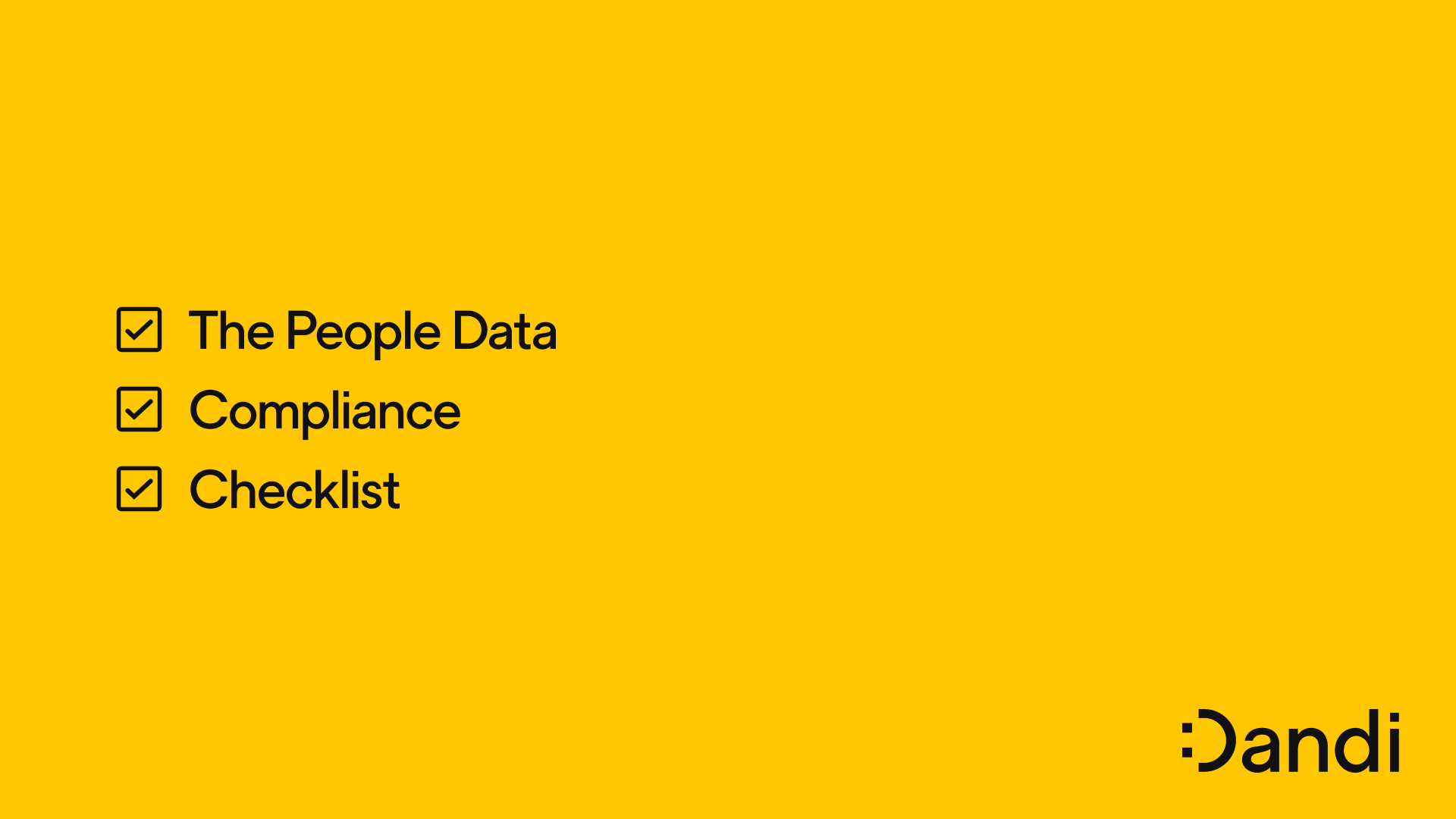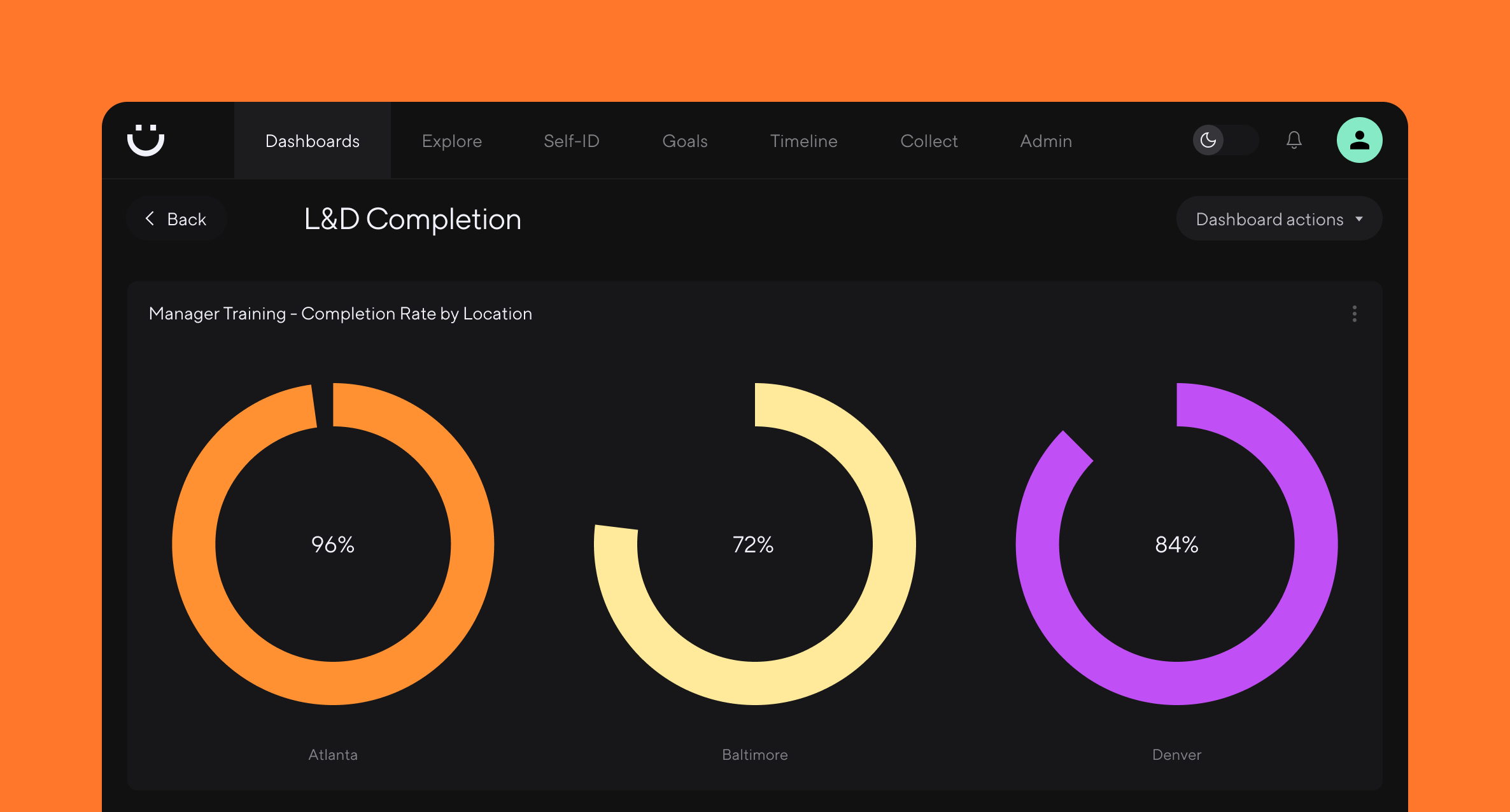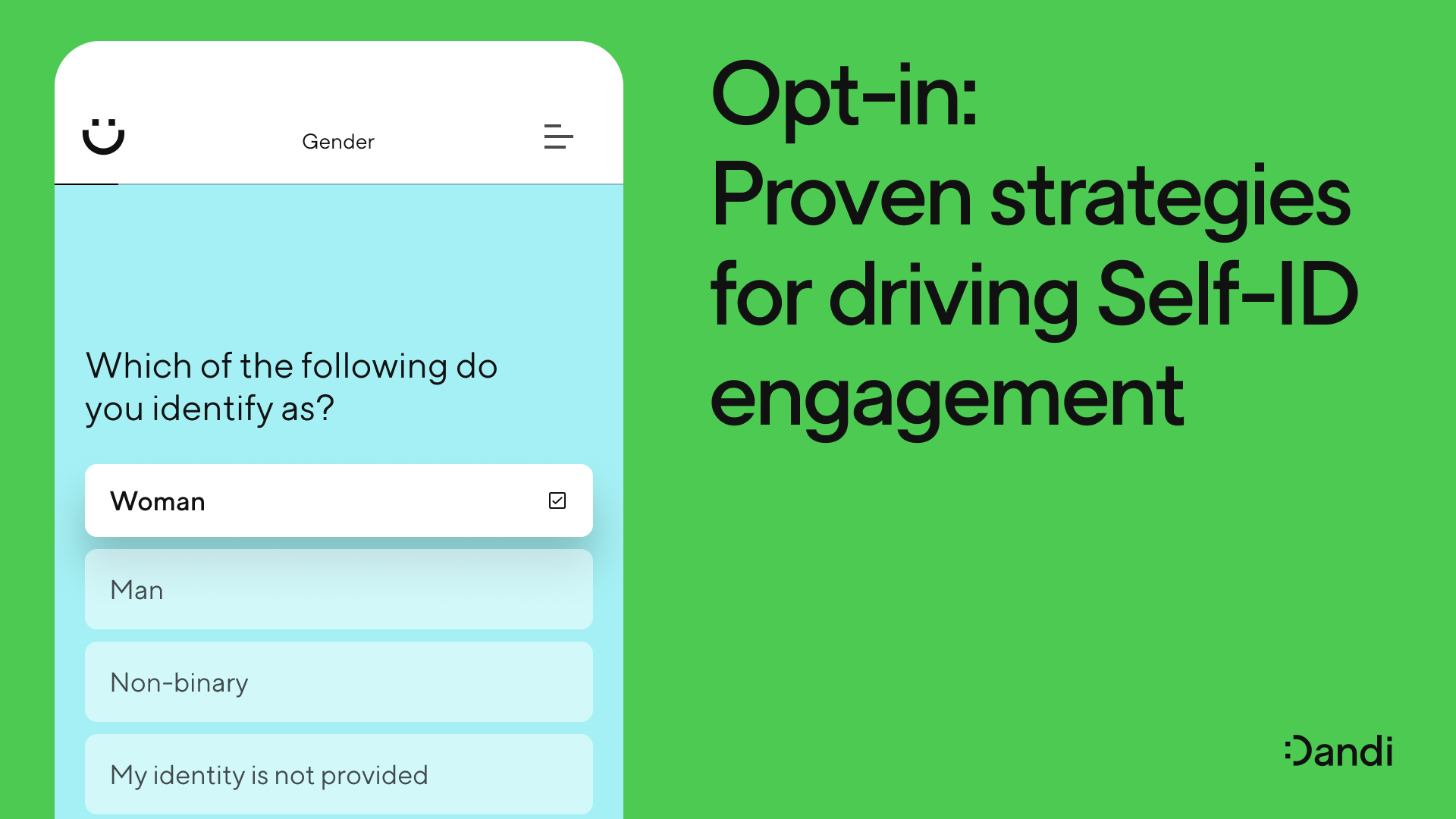Annual pay audits? They're so last year.

Camille Hogg, PhD – Feb 8th, 2023
Annual pay audits are a pillar of DEI—but they don't provide the information teams really need to move toward pay equity. Here’s how to get them right.
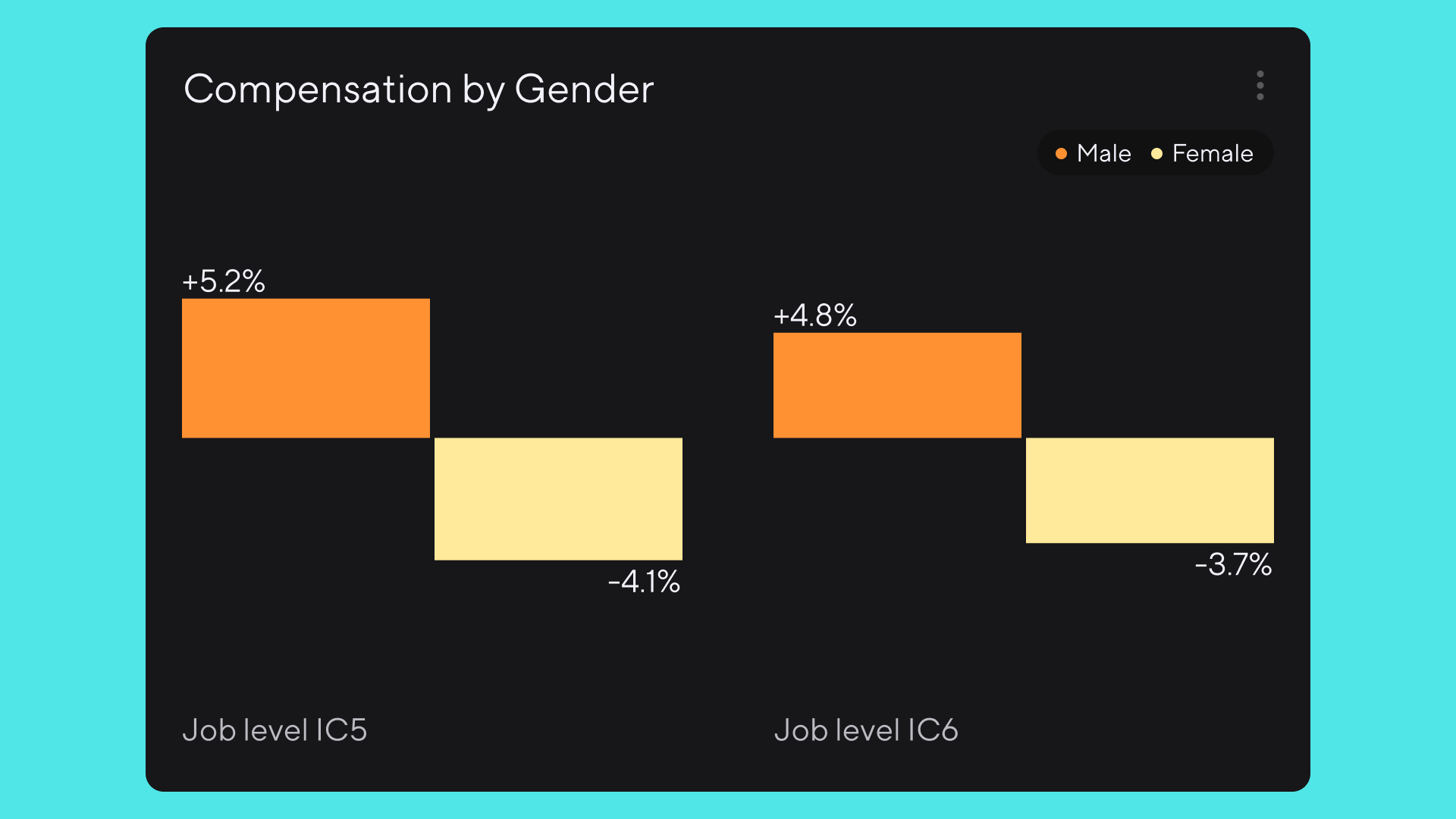
Real-time pay audits are key to driving pay equity initiatives.
Pay is finally having its front-page moment.
Recent landmark pay transparency are changing how we discuss, calculate, and measure what fairness in pay means. But we’re still a long way off from where we need to be.
One reason why? The tools organizations use to analyze pay, like annual pay audits, don’t actually drive equal pay for equal work.
Annual pay audits show how people were paid in the past, not how they’re paid today. Armed with only an incomplete picture of the past, it’s impossible for organizations to get to the root causes of unequal pay.
Pay equity won’t work without understanding why some people get paid differently to others. And organizations can’t understand the root causes of inequity without understanding how it connects to the rest of their employee experience.
Creating greater pay equity long-term depends on understanding this relationship. When organizations understand how compensation and DEI interlink, they’re able to take an approach to pay audits that fosters greater equity—for everyone.
Why annual pay audits don’t deliver on DEI
According to a 2022 report, 66% of senior leaders said that pay equity is currently a top strategic priority. But according to another report, only 41% of employees believe that their employer is achieving equity successfully.
We’ve got an expectation gap on our hands. And it’s little wonder—because pay equity has always been focused on the numbers, rather than the processes.
Pay equity doesn’t mean paying everyone the same, or fixing pay gaps with a salary bump. It’s far more nuanced than that. Pay equity means that employees performing similar job duties at similar levels of experience, tenure, location, and job performance are compensated equally.
Pay equity is linked to greater trust and higher retention—because when employees feel appropriately rewarded for their contributions, they’re more likely to stay. But it’s especially important for DEI, because employees from underrepresented groups are chronically under-rewarded:
-
Hired’s 2021 report found that Black employees were paid 4% below baseline
-
Black women earn 58 cents for every dollar earned by a White man
-
Employees with disabilities earn 87 cents for every dollar earned by a non-disabled employee
Much like only surveying your employees on their job satisfaction once a year, an annual pay audit only captures a snapshot of your workforce.
Compensation is encoded with structural biases that directly impact representation and access to opportunities at all levels.
Pay audits are every organization’s most under-utilized tool for identifying these structural biases and inequities that are harming inclusion—but only when they’re done well.
And right now, they’re not really working. Most organizations run pay audits once a year, and use their internal benchmarking data to identify who’s getting paid fairly, and who isn’t. But much like only surveying your employees on their job satisfaction once a year, an annual pay audit only captures a snapshot of your workforce.
It can only tell you what your pay equity looked like last year based on your company composition at the time, rather than what it looks like for your current workforce. And if organizations use this data to inform their decisions on pay equity, then it’s never going to be a true reflection on how their current workforce is being compensated.
But it’s not just about improving fairness. Viewing pay through a DEI lens connects to the strategic core of your organization. Getting pay right identifies growth paths essential to internal mobility. It’s essential for talent attraction. And critically, it helps organizations put a stop to attrition.
Understanding and applying this nuance behind compensation is critical to creating greater pay equity. The best way to do it is by taking a data-driven, continuous approach.
Compensation is dynamic and intersectional—let’s treat it that way
Employee compensation isn’t just about the amount on the paycheck. It’s intertwined with so many other factors—some of which are defined by who we are, and some of which by how we work.
Pay audits often present a letterboxed view of how these factors interact and interconnect. We tend to focus more on how people compare relative to others. Women are likely to be paid less compared to men. Black women are likely to be under-rewarded compared to White women.
But that only gives us half the story. It only tells us that pay inequity is present—but it doesn’t tell us where it’s happening, or what processes might be unintentionally contributing to it.
The simple fact of knowing women get paid less than men doesn’t tell us that women receive smaller bonuses. It doesn’t tell us that Black women are less likely to be promoted into senior leadership positions due to broken rungs in promotion pathways.
Understanding exactly how these factors intersect to shape pay in your organization means you can take action to identify and fix structural biases. But to improve pay equity long-term, you need to couple this with a continuous, real-time approach.
Running regular pay audits using real-time data means you get a snapshot of what your organization’s compensation data looks like right now, not what it looked like six months ago.
Understanding exactly how different employee intersections shape pay allows you to take action to identify and fix structural biases.
You can segment dimensions of diversity with data from the employee lifecycle, to understand where broken rungs are hiding in your processes and systems, including:
-
Performance management
-
Recruitment and hiring
-
Promotion
-
Seniority
-
Job levels
-
Tenure
-
Office location
-
Bonuses and equity
-
Attrition
Viewing compensation as an intersectional, continuous process means you can identify that employees with disabilities are less likely to be awarded bonuses as compared with their non-disabled peers. It highlights that female engineers in the New York office are getting paid less at a manager level. It helps you spot when older candidates in your hiring pipeline are being offered—and settling for—less.
Identifying these trends means you can build repeatable processes that promote equity. Measuring them in real-time means you can make continuous adjustments that safeguard pay equity for your current workforce.
But remember that pay inequity is a symptom that your compensation processes need work—but by itself, it’s not a cause. Plugging a gender pay gap with a raise won’t help you diagnose the problems in your hiring or promotion pathways. Giving your under–rewarded employees a bigger bonus won’t correct for biased performance management processes.
Get pay metrics in minutes with Dandi
Improving pay equity is a long-term, continuous process. Plugging pay gaps is only the first step. But if organizations don’t identify the bigger leaks in their structures and processes that are contributing to inequity, they’ll never be able to fix them for good—or create an organization where everyone has equitable access to opportunities.
Pay is complex and nuanced—and it requires a nuanced approach to match. Continuous measurement, high-powered segmentation, and continuous action are key to this approach.
Dandi’s powerful comp analytics allow you to scale this process in minutes not months, meaning you can track your organization’s pay equity on a continuous basis, and segment by the data that gives you nuance on why and where inequity is happening.
Dandi’s compensation analytics is fully customizable according to your organization’s compensation philosophy and policies—so you can focus on building repeatable processes that erase pay gaps—for good.
Ready to run more impactful pay audits? Book a demo to learn how Dandi can help.
More from the blog
Announcing more powerful Dandi data visualizations
Team Dandi - Oct 23rd, 2024
The New Maturity Model for HR Data
Catherine Tansey - Sep 5th, 2024
Buyer’s Guide: AI for HR Data
Catherine Tansey - Jul 24th, 2024
Powerful people insights, 3X faster
Team Dandi - Jun 18th, 2024
Dandi Insights: In-Person vs. Remote
Catherine Tansey - Jun 10th, 2024
Introducing Dandi AI for HR Data
Team Dandi - May 22nd, 2024
5 essential talent and development dashboards
Catherine Tansey - May 1st, 2024
The people data compliance checklist
Catherine Tansey - Apr 17th, 2024
5 essential EX dashboards
Catherine Tansey - Apr 10th, 2024
Proven strategies for boosting engagement in self-ID campaigns
Catherine Tansey - Mar 27th, 2024
